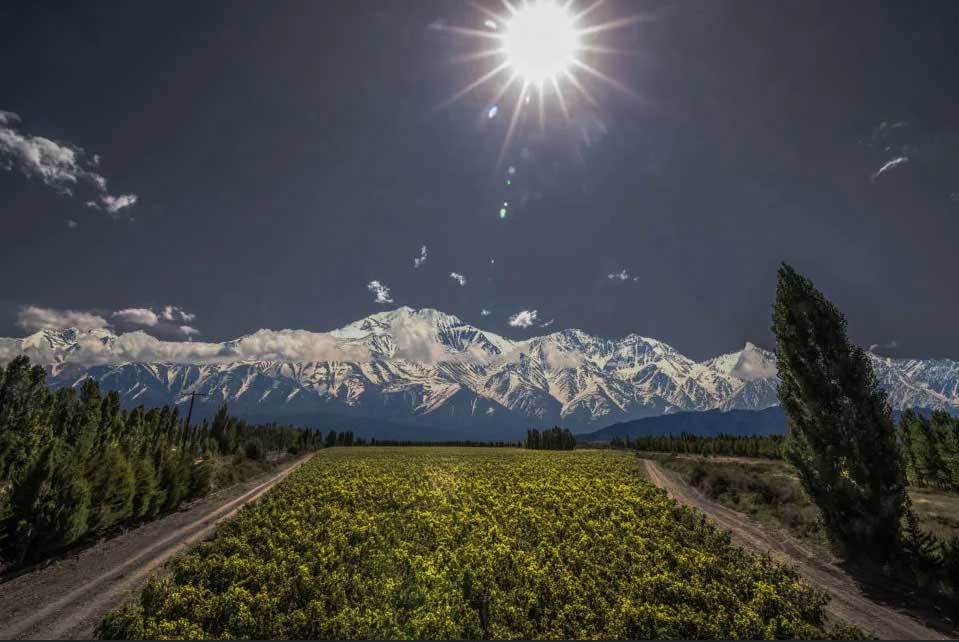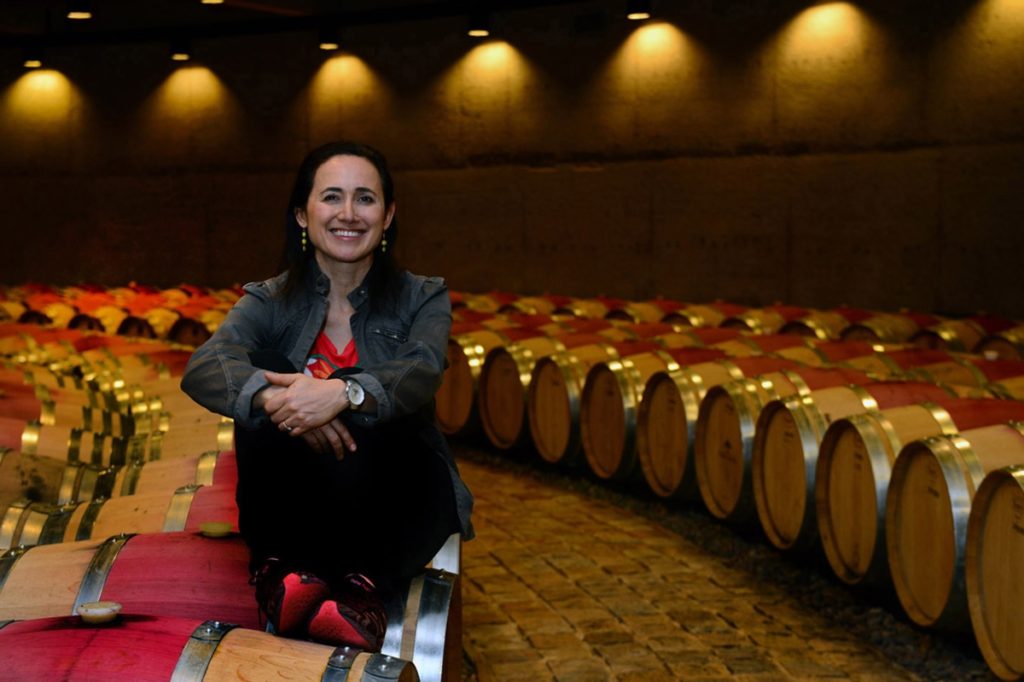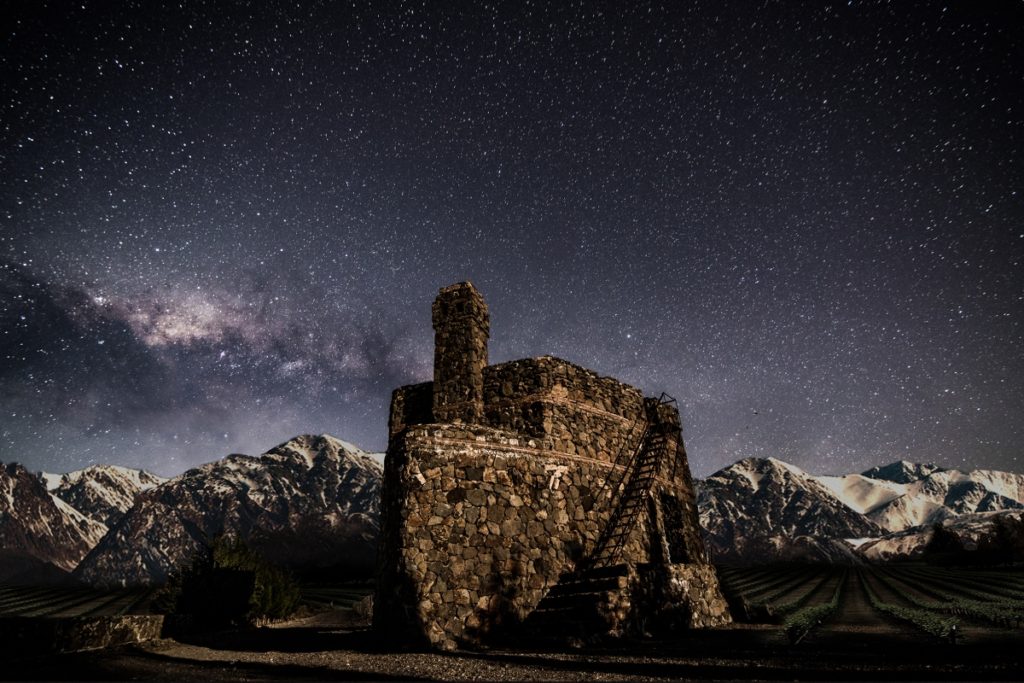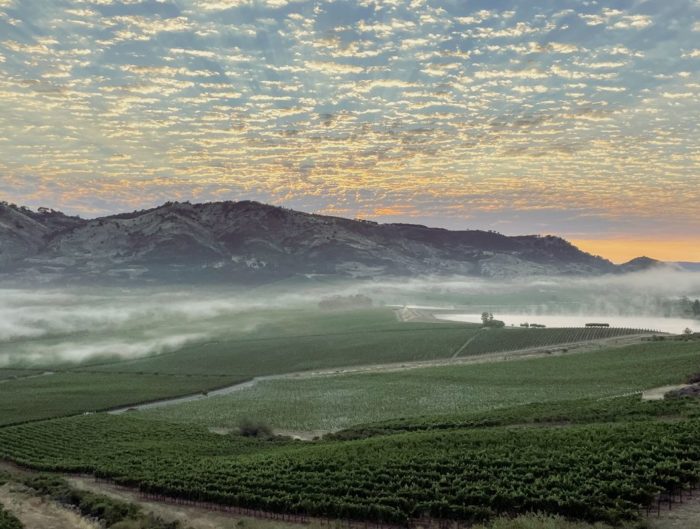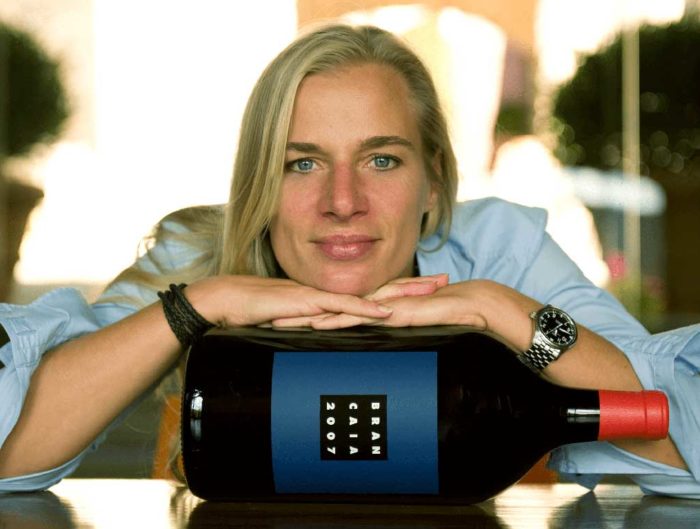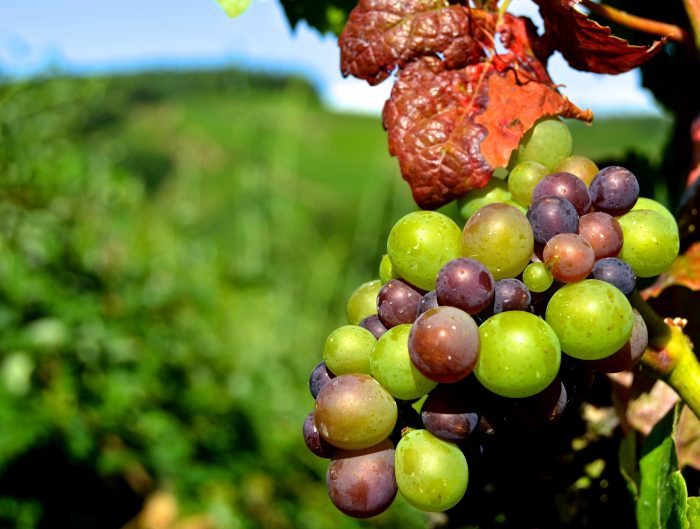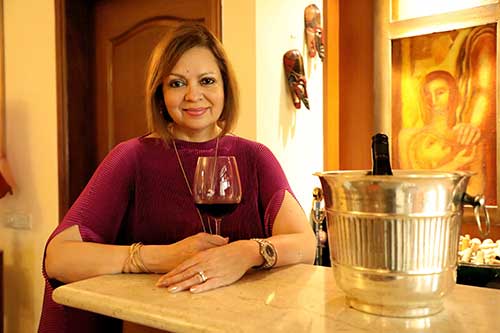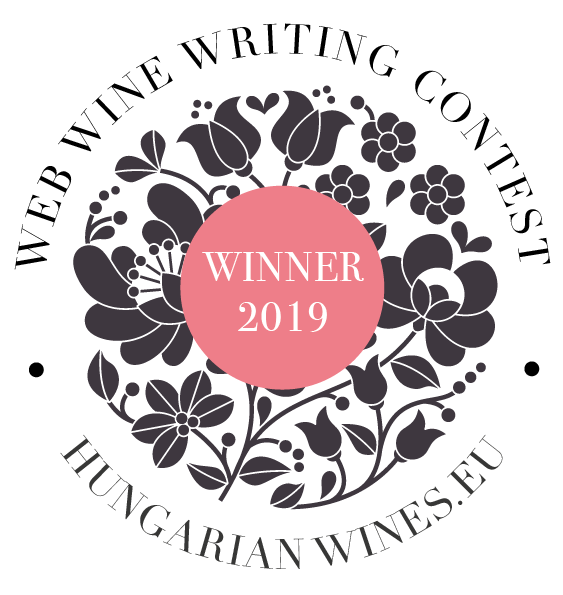How Laura Catena is harnessing science and history in the snowy Andes to create Argentina’s new award-winning Malbec
The first time I saw Laura Catena, it was on the podium at her masterclass at Vinexpo Bordeaux 2019. Wearing her signature beret and a smile that reached her eyes, her energy captivated the large crowd that filled the hall. In the session titled A Grand Vin is born in Argentina, she spoke about the new wave of Argentina wine, headlined by the Malbecs Bodega Catena Zapata was producing, her commitment to viticultural research at the Catena Institute of Wine that she had founded, followed by a tasting of her wines. After the session, I went up to meet her, but the queue of her admirers was ten deep. I reluctantly left for my next appointment, promising myself a visit to Mendoza and an interview with this engaging fourth-generation wine producer intent on showing the world that Argentinian Malbec could rank alongside the world’s best wines.
Argentina has been steadily carving a niche for itself, forcing world attention to its high-altitude viticulture and diverse micro terroirs. So it should have been no surprise when the list of the World’s Most Admired Wine Brands 2020 was released, and Bodega Catena Zapata was named number one, topping the list of mega-brands from the Old World and the New. It was the first time a producer from South America had made the top 10, let alone come in first.
When our interview finally happened it wasn’t at the imposing Mayan-style pyramid-shaped winery in Luján de Cuyo, but a virtual one across continents and multiple time zones. The award, said Laura Catena, came as both “a thrill and a shock at the same time,” she said. “This means we are doing something right. It tells us we have got approval from the industry for what we are doing; that maybe we are on the right path.”

Laura Catena in the barrel room at La Piramide. Main picture (above): Adrianna Vineyard.
Images courtesy: Bodega Catena Zapata
The grand ceremony was due the week before Prowein in March 2020, and Catena Zapata was gearing up for the big celebration when the coronavirus pandemic hit. Prowein was cancelled and the situation soon became grim. “You couldn’t imagine a worse time in the world for this to happen… the world was under lockdown because of a pandemic, people were quarantined, dying. There was fear, sorrow everywhere – we could not celebrate at a time like this!”
When Italy was stricken badly, it hit Argentina hard – 70% Argentinians have Italian heritage, or origins in Italy, including the Catena family themselves. “This hit us very hard.”
But as good things can happen in bad times when the celebrations did finally happen they were strangely different but no less happy. “We did a Zoom call with our customers and distributors around the world. We just exchanged notes, talked, and raised a glass together. It was very emotional and very touching.”
The B+ Superwoman
Laura Catena is a multi-hyphenate in the fullest sense of the term. A Harvard graduate, a Stanford-qualified medical doctor, married and living in San Francisco with her husband and three children, she manages the family-run wine empire in Mendoza, works in the vineyards there, and runs her brainchild, the Catena Institute of Wine. She is also an author, having written two books: an authoritative guide to Argentinian wine, Vino Argentino, and Gold in the Vineyards, featuring 12 of the most celebrated vineyards in the world. Does she ever feel like a superwoman? “I get asked that a lot,” she laughs. “It is difficult for women to manage a job, home and children, and I think until the world is friendlier towards men (making it okay for them to participate in domestic duties) – it will continue to be tough.”
Laura has developed a special coping mechanism or philosophy: “I call it accepting the B+ – or even the C+! – in most of what we do, so we can excel in just one. Don’t expect to do everything brilliantly; it’s okay to do some things not-so-well. For instance, you can let go of doing a great job with housework to spend more time on your job or with your children. Don’t be hard on yourself if you can’t do everything perfectly.”
With this in mind she is more relaxed, she says. Of course, it helps that she loves her work: “For me, work is like playing.”
The Modern Malbec
Laura started buying books on Malbec on eBay, and research showed her that it was an ancient variety, which had existed since the time of the Romans. It was a favourite of the 12th-century queen Eleanor of Aquitaine, drunk at her wedding with Henry II of England. In 1855, at the time the classification was made in Bordeaux, there was more Malbec grown in Bordeaux then there was Cabernet Sauvignon.

The watchtower or El Mirador at Adrianna Vineyard
“That is also how the blending of Malbec with Cabernet Sauvignon began. While Cabernet Sauvignon is tannic, Malbec is aromatic with softer tannins. We also discovered Malbec tolerates cold weather and frost better than Cabernet Sauvignon can. To me, Malbec is the successful immigrant who has found its true home in the New World. It thrives here in our alluvial soils, our strong sunlight, our poor soils. It is this fascinating grape with a most fascinating history. The reason it has survived 2000 years is simply because it tastes so good.”
Climate change and high altitude viticulture
Producers around the world are talking of locating new vineyards at higher altitudes but for Catena Zapata, it was a natural choice. “When my father began planting grapes in Gualtallary in Mendoza in the 1980s, he was not looking at ways to handle climate change: it wasn’t something too many people were aware of, then. He instinctively picked cooler sites at higher altitudes. And it worked. Do you know that grapes that grown in warm sunlight have thicker skins? This also translates into better quality tannins, leading to more age-worthy wines.”
Finally, every country must chart its own course to find grapes and terroir that work. Nicolás Catena is known as a pioneer for the insights he developed himself into the land, explains Laura. “In the 1980s and 90s, my father invited experts to come to Argentina and teach us what they were doing. (Argentina, at the time, used to make wines in an oxidative style, which did not reflect the terroir). Modern French winemaking techniques – the preservation of aromatics – was brought to us by foreigners. But no one could teach us about growing Malbec, nor about high altitude viticulture. In this, we had to find our own way. Malbec was already out of fashion in Bordeaux, and high altitude viticulture was quite unheard of then. To add to this, we had poor, rocky soils and no underground water table.” Argentina has historically relied on rainfall and glacier water from the Andes, and climate change is affecting this. So along with juggling ever-shifting early harvest dates, Argentina must now irrigate its vineyards. “Irrigation is an art – we have to use it judiciously – like a god of rain – and people didn’t have this experience in France. So finally, we had to develop our own methodology and science.

Laura Catena, photo Matt Wilson
“Also, we practised selection massale as the French had only retained Cot – the most productive clone of Malbec – in France. So, in Argentina, we have preserved pre-phylloxera Malbec clones. I often challenge the French by saying the Old World for Malbec is really Argentina!”
Research-driven 100 point wines
Two years ago, in another first for South America, two wines from Catena Zapata’s Adrianna Vineyards situated in Gualtallary (1500 metres) were awarded 100 points by Luis Gutiérrez, critic for Robert Parker’s The Wine Advocate: the Catena Zapata Adrianna Vineyards River Stones Malbec 2016, and the El Gran Enemigo Single Vineyards Gualtallery 2013, a blend of Cabernet Franc (85%) with Malbec (15%), the latter a project of her younger sister Adrianna and Catena Zapata’s head winemaker Alejandro Vigil. This brought into focus Laura Catena’s research at her Catena Institute of Wine, and the vineyard that has been referred to as “the most studied vineyard in the world.” Initial doubts that Malbec and Cabernet Sauvignon would not ripen at high altitude were allayed – the intense sunlight and diurnal shift allowed perfect ripening of the grapes, giving wines of great structure and age-ability. Subsequently, several more Catena Zapata wines have found their place on the 100 point list (see list below).
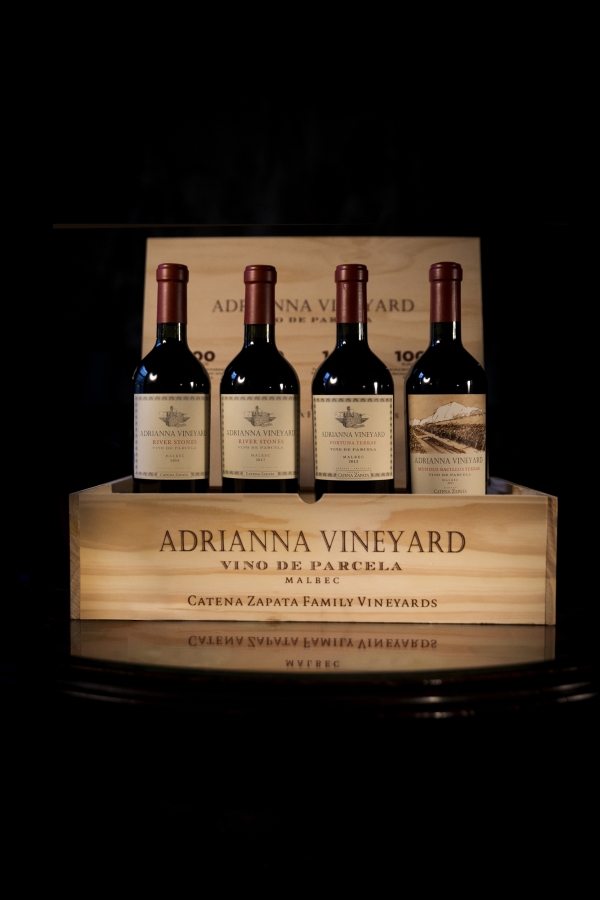
Making a 100 point wine:
‘You have to want it so badly that you put all your energy and resources into it ‘
Left: Four of Catena Zapata’s 100 pointers
So how would she define a 100 point wine? Laura pauses. “Two things are most important. One, you must have the right terroir or parcel to produce a wine with a concentration of fruit and good acidity – an unforgettable wine
– a vineyard that gives a flavour that is unforgettable. And you cannot find that place overnight, or even in a year. Second, you must want it badly enough.”
Man cannot live by bread – or 100 point wines – alone, so this is just one dimension of the Bodega Catena Zapata business. “We have to pay the bills after all, and how many 100 point wines can you sell? There are less than 5000 bottles of these wines made – and that won’t pay the bills. To make a 100 point wine, you cannot be worried about money – and I am very worried right now – and you have to want it so badly that you put all your energy, resources into it. You even have to be emotional about it. Like those obsessive treasure hunters in the movies – risk everything for the treasure in the end!” she laughs.
Her father’s daughter
Following in the footsteps of an icon like Nicolás Catena, the man credited with putting Argentinian wines on the world stage isn’t easy, and they are, as she explains, very different personalities. “With my father, it is high pressure, always. We drive each other. He is 80 and still sends a hundred emails a day. That is a trait we both share – being obsessive about perfection. There is always sacrifice in a relationship like this – it is not relaxing for us to spend time together, but he loves me and I love him. We argue, and we follow the Socratic method. We go with the decision of whoever wins the argument.”
High pressure or not, the bond between them is strong. Little wonder then, when asked to pick her favourite wine, she picks the Nicolás Catena Zapata Malbec, named for her father. “The 1997 or 1999 vintage.”
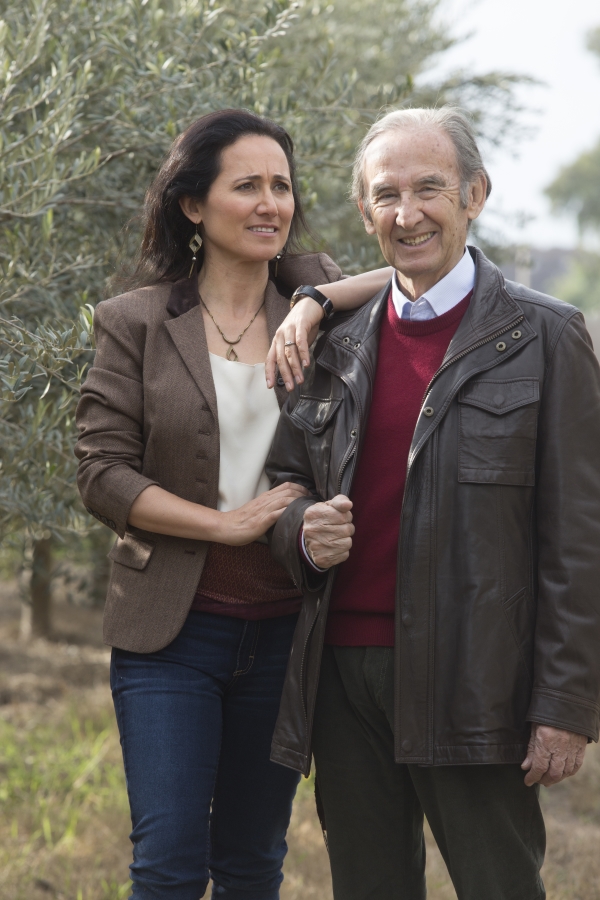
‘We are both obsessive about perfection…’
Left: Laura Catena with her father, Nicolás Catena
If she had to choose between making ‘collectable’ wines or the kind of wines people could consume every day, what would her decision be?
Laura pauses again. “I pride myself on not being a wine snob; I’m pleased I can produce both. Society allows everyone today to have a luxury, and today with globalization – where anyone can watch a movie on their phone – everyone can drink wine! And pleasure can be had with wine at any price and level. By producing quality wines at all price points we can spread the word about the quality of Argentina.”
That, she is doing.
Among many other recognitions, Bodega Catena Zapata has received Argentina’s 2017 Extraordinary Winery Award from Robert Parker’s The Wine Advocate, and was named most awarded winery in the world by Vivino’s Wine Style Awards 2018.
The 100 pointers of Bodega Catena Zapata:
Adrianna Vineyard River Stones Malbec 2016
100 points The Wine Advocate
Suggested Retail Price: U$S 160
Bottles produced: 3840
Adrianna Vineyard River Stones Malbec 2017
100 points James Suckling
SRP: US $160
Bottles Produced: 4800
Adrianna Vineyard River Stones Malbec 2018
100 points James Suckling
SRP: US $160
Bottles Produced: 5160
Adrianna Vineyard Mundus Bacillus Terrae Malbec 2011
100 point Falstaff
SRP: US $280
Bottles produced: 4000
Adrianna Vineyard Fortuna Terrae Malbec 2012
100 points James Suckling
SRP: US $150
Bottles Produced: 4500
Adrianna Vineyard White Bones Chardonnay 2018
100 point James Suckling
SRP: US $140
Bottles Produced: 6000
Gran Enemigo Single Vineyard Gualtallary 2013
100 Points The Wine Advocate
SRP: US $110
Bottles Produced: 4000
El Enemigo Wines are from Bodega Aleanna which is an Alejandro Vigil and Adrianna Catena project.
For worldwide availability of Laura Catena’s wines, including the 100 pointers, check the importer list on their website: http://catenawines.com/distributors.php

